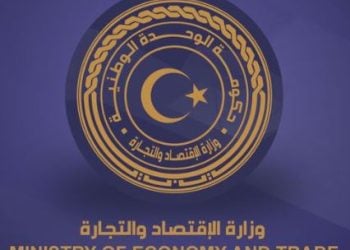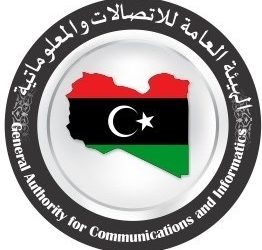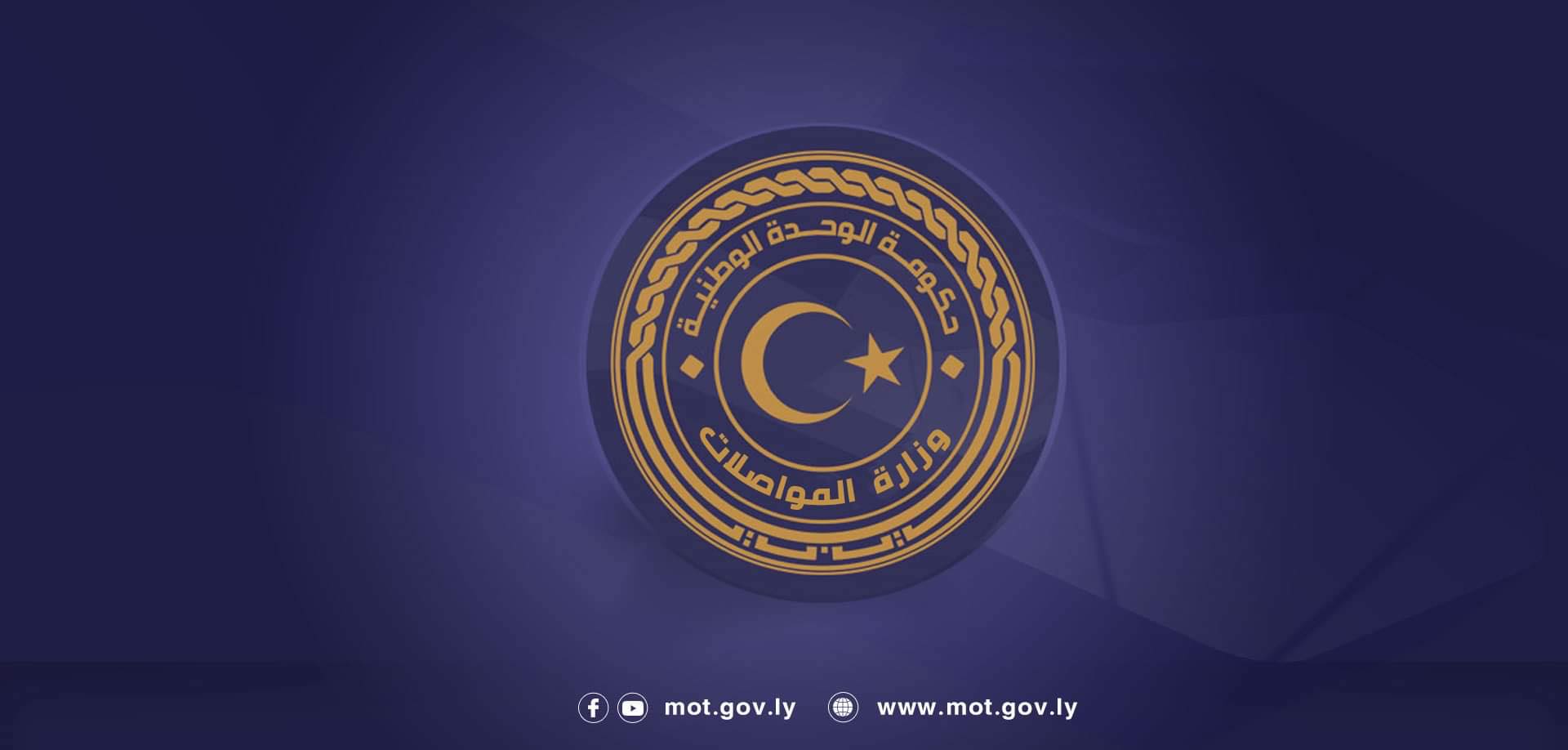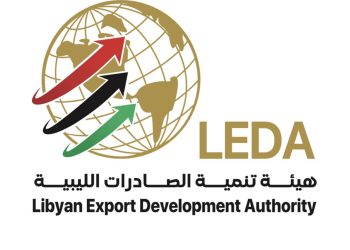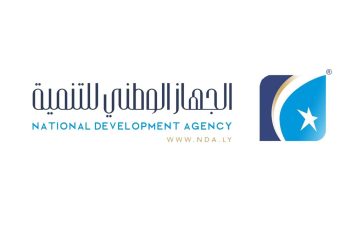By Osama Alabeersh.
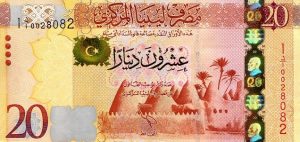
Benghazi, 13 November 2019:
The Tripoli Central Bank of Libya’s (CBL) latest bulletin on Libya’s finances issued last week highlights a number of interesting if not worrying points.
Firstly, on close analysis, the total amount of CBL payments of US dollars, US$ 19.9 billion, exceeds the state’s revenues of US$ 18.330 billion, which indicates a weakness in the sustainability of the CBL’s foreign currency reserves. That is disturbing.
The foreign currency sales levy
The revenue of levy on foreign currency sales collected by CBL for the Libyan state from the amounted to 73% of oil revenues and 68% of the country’s total sovereign revenues.
Unlimited state spending
This ”free” revenue provided by the levy opens up the state’s appetite for unlimited public spending. This levy is similar to an un-depletable or inexhaustible oil well which is producing oil at no cost.
Dual exchange rates
The CBL also reported that US$ 5.250 billion in hard currency was sold to the government and US$ 6.6 billion to heads of the family share. These were sold at the current exchange rates without charging any levies. This means that there are in effect two exchange rates being used by Libya’s CBL in selling hard currency.
This continuation of the existence of two exchange rates operated by the CBL is in itself a policy to perpetuate the continued existence of Libya’s foreign currency parallel or black market.
This seems a contradiction with CBL and state policy which is, on the face of it, to eliminate the black market and bring down the exchange rate in the black market to roughly the same level as the official exchange rate currently at LD 3.75 as opposed the black market rate of about LD 4.05 per US$.
It will be recalled that the state often blames this black market for the high inflation and cost of products that citizens complain about.
Cashflow management failure
The CBL revealed that US$ 6.6 billion in hard currency was disbursed for households, approximately 90 percent of, which were disbursed through Cards (Visa and Mastercard), with an average commission rate of 5 percent. in addition to US$ 6.1 billion for import LCs and US$ 1 billion for individual transfer. With this huge amount of cash flow (most of them deposited cash), it cannot be said that there is a liquidity crisis in Libya, but rather that there is a cash management failure by the banking system.

